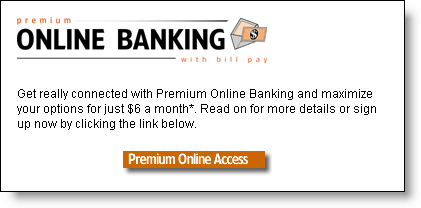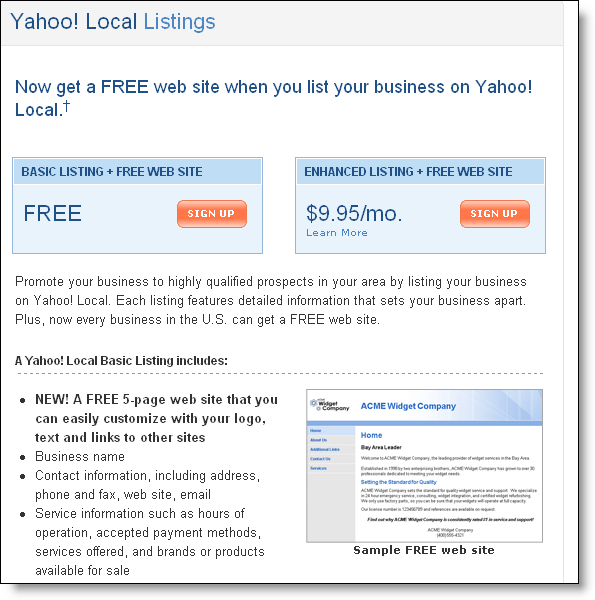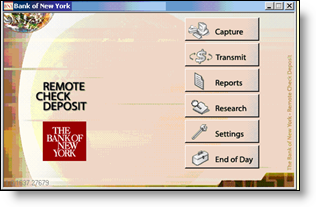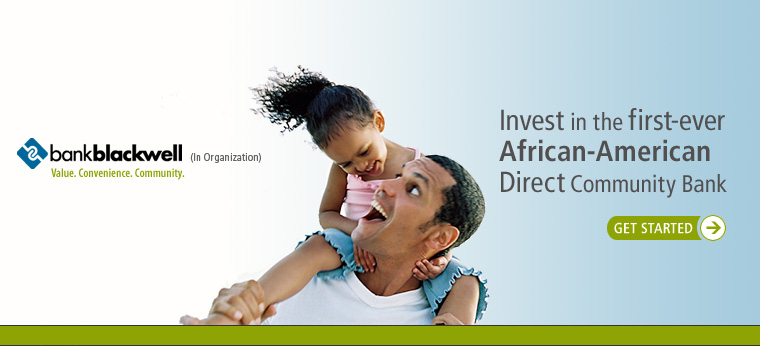 During the next few years, expect to see tenth anniversary logos plastered all over the web, as major ecommerce players celebrate their 10th birthdays. This year we have eBay, Yahoo, Amazon, and of course Online Banking Report. And who could have imagined 10 years ago that those three retailers would book 30 million purchase transactions in the month of March alone (see table below).
During the next few years, expect to see tenth anniversary logos plastered all over the web, as major ecommerce players celebrate their 10th birthdays. This year we have eBay, Yahoo, Amazon, and of course Online Banking Report. And who could have imagined 10 years ago that those three retailers would book 30 million purchase transactions in the month of March alone (see table below).
Curious as to how many websites were marking their tenth, we did a little Googling and found the following:
- 10 years online — 75 times
- 10th anniversary online — 74 times
- Tenth anniversary online — 18 time
Analysis
Even though it may be a bit overused, we recommend that banks use their upcoming tenth anniversaries as the basis of an offline and/or online promotion. It’s a significant milestone, especially for ecommerce and online banking, which is still viewed by the mass market as new and unstable.
This year, more than 400 banks worldwide have the opportunity to celebrate 10 years online (the Jan. 1996 issue of Online Banking Report listed 425 banking websites at year-end 1995). However, only a handful (Wells Fargo, Stanford Federal Credit Union, Canada Trust for example) can boast of having hosted web banking for 10 years.
To mark the occasion, you might consider a virtual open house, press release, or special price promotion (10-year CD, 10-year home equity loan, 10% money market account for the first month, etc.). Another idea would be to identify customers who’ve banked online for 10 years and provide them with recognition and some ever-popular logowear.
—JB
Top 5 Online Retailers, Ranked by Purchases for March 2005 (U.S.)
eBay = 21.3 million purchases (45% of U.S. total)
Amazon = 5.7 million (12%)
Yahoo! Shopping = 2.5 million (5%)
Symantec = 1.2 million (2%)
QVC = 1.0 million (2%)
———————————-
Source: Nielsen//NetRatings MegaView Online Retail








